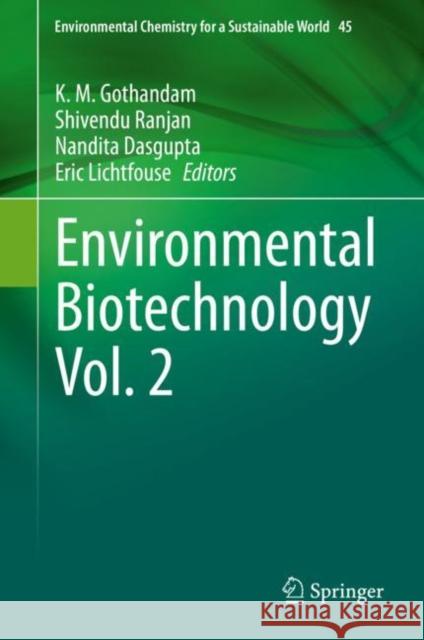Environmental Biotechnology Vol. 2 » książka
topmenu
Environmental Biotechnology Vol. 2
ISBN-13: 9783030381950 / Angielski / Twarda / 2020 / 251 str.
Environmental Biotechnology Vol. 2
ISBN-13: 9783030381950 / Angielski / Twarda / 2020 / 251 str.
cena 603,81
(netto: 575,06 VAT: 5%)
Najniższa cena z 30 dni: 578,30
(netto: 575,06 VAT: 5%)
Najniższa cena z 30 dni: 578,30
Termin realizacji zamówienia:
ok. 22 dni roboczych.
ok. 22 dni roboczych.
Darmowa dostawa!
Kategorie:
Kategorie BISAC:
Wydawca:
Springer
Seria wydawnicza:
Język:
Angielski
ISBN-13:
9783030381950
Rok wydania:
2020
Wydanie:
2020
Numer serii:
000466533
Ilość stron:
251
Waga:
0.50 kg
Wymiary:
23.88 x 19.56 x 1.52
Oprawa:
Twarda
Wolumenów:
01











